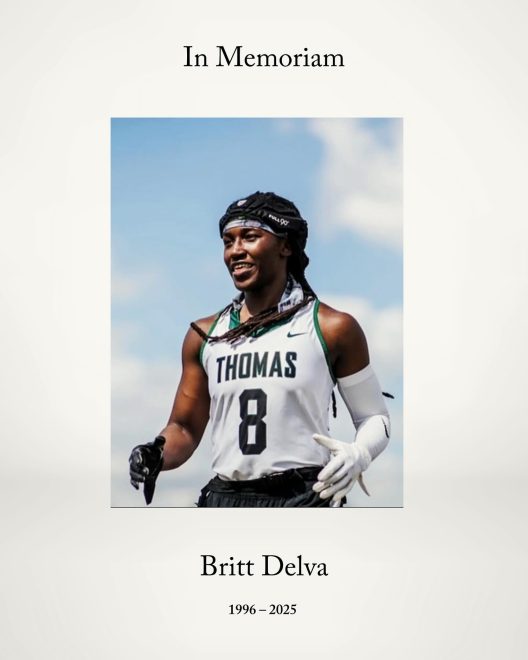Democrat Abrams strategizes to flip red Georgia
Published 8:00 am Friday, August 31, 2018

- Democrat Stacey Abrams, who is running for governor in Georgia, poses for a photo with supporters who could not make it inside Valdosta State University’s Powell Hall for a town hall event. All told, hundreds of people showed up for the event.
VALDOSTA — Those who could not fit into Valdosta State University’s Powell Hall gathered around to hear Stacey Abrams speak as her voice carried over the public address system of an SUV.
She gave an impromptu stump speech, her voice spreading throughout the south Georgia campus, before walking in to face a packed auditorium.
“So you guys have a few friends outside,” Abrams quipped, once inside.
This has so far been the reception for the 44-year-old Atlanta tax attorney and former state House minority leader as the Democrat tries to rally like-minded voters in reliably red corners of the state. Whether in north or south Georgia, her town halls have attracted large, diverse and rapt crowds.
“I’m hyped,” said Emily Johnson, a 20-year-old Virginia native and VSU student, after hearing Abrams speak. Johnson said she was excited to have a progressive option on a Georgia ballot.
Abrams has taken her bid to become the country’s first African-American female governor to places such as Lowndes County, home to Valdosta, that helped push Donald Trump to a 5-point victory in Georgia less than two years ago. In Lowndes County, 58 percent of voters supported Trump.
But Abrams is not venturing into communities such as Fitzgerald, Valdosta, Camilla, Donalsonville and Dalton in hopes of wooing back disaffected Democrats who have bolted for the Republican Party.
Rather, she has spent these early weeks of the race trying to fire up voters who may not normally show up for a midterm election. Energizing these voters, whether they live in the state’s urban centers or far-flung communities, is a key part of Abrams’ plan to flip the state.
“We have to run in every county no matter where we are because I want every vote that I can get,” Abrams said while in Dalton earlier this month. “But my job isn’t to flip every single county. It’s to get as many voters as I can from every single place.”
Abrams faces tough odds in her bid to become Georgia’s next governor, which has become one of the most closely watched races in the nation. Georgia hasn’t put a Democrat in the governor’s mansion since 1998, and voters here have never elected a woman as their top official. Republicans also hold every statewide office and control the General Assembly.
And even though Georgia’s demographics are becoming increasingly diverse as its population balloons and more transplants make their home here, many observers believe the shift to date hasn’t been enough to trigger a political transformation this year.
“It would take a substantial new pot of Democratic voters to really make the election in play, if you will,” said Trey Hood, a political science professor at the University of Georgia.
As of the last gubernatorial election in 2014, the composition of the electorate was still very much Republican leaning, Hood said. And not enough is known yet about the voters who are likely to cast a ballot this fall.
Abrams’ strategy is a challenging one that hinges not only on registering new voters but also keeping supporters motivated to show up in force on Nov. 6. Turnout among new voters, who have not yet made casting a ballot a habit, can be especially unpredictable. The deadline to register is Oct. 9.
Abrams appears to be undaunted by such skepticism. She points to a shrinking margin of victory for Republicans in gubernatorial races since 2006, a pool of voters who may lean to the left but who do not usually show up at the polls and a surge in voters who pulled a Democratic ballot during this year’s primary. There are also six legislative districts that Abrams helped flip, including one in south Georgia.
“It is not that this a Republican state,” Abrams said. “It is that those who share Democratic values have not lifted their voices sufficiently in recent years, and my mission is to make certain they hear my message.”
Her supporters say they remain optimistic, too.
“Whitfield County is a Republican county in a Republican state. I get that,” said Shanda Hickman, who lives in Dalton. Nearly 71 percent of Whitfield County voters supported Trump.
“That being said, we don’t have a county (unit) system anymore,” she said, referring to an old voting system that was similar to the Electoral College. “It’s popular vote. So every vote in Whitfield County only helps her chances and helps with the margin. That’s how we make it happen.”





